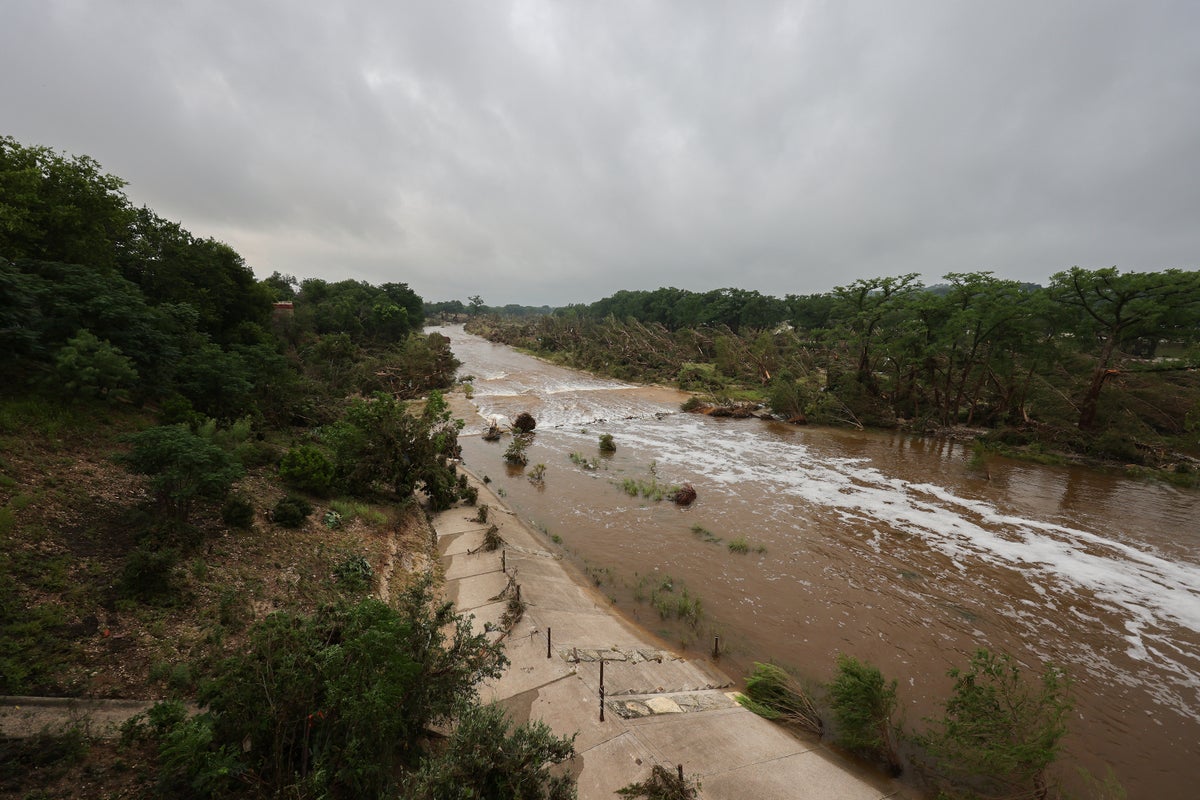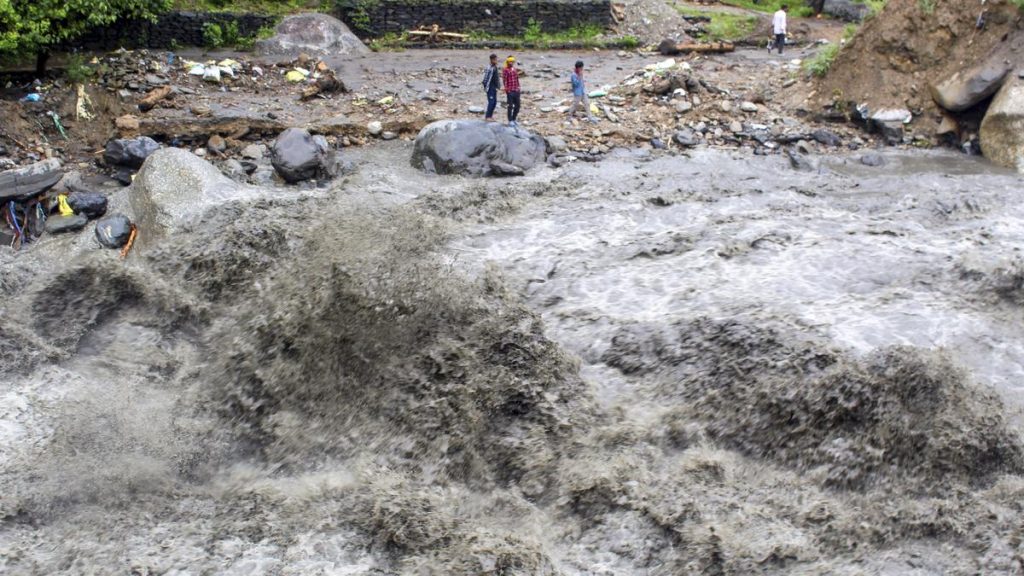Now Reading: Texas Flood Forecasts Fall Short in Preventing Tragedy
-
01
Texas Flood Forecasts Fall Short in Preventing Tragedy
Texas Flood Forecasts Fall Short in Preventing Tragedy

Swift Summary
- Catastrophic floods in Central Texas caused more than 80 deaths and dozens missing, particularly in Kerr County.
- National Weather Service (NWS) issued timely flood warnings starting Thursday afternoon and escalated them into urgent flash flood alerts by early Friday morning.
- Criticism persists over the ineffectiveness of dialog systems too translate forecasts into actionable measures, especially during late-night hours when most people are asleep or unaware.
- Key NWS offices in affected Texas regions had staffing vacancies, raising concerns about coordination gaps.However, officials stated these did not hinder emergency responses.
- Lack of local warning systems like outdoor weather sirens or protocols at Camp Mystic contributed to fatalities; Kerr County does not use such systems due to cost concerns.
- Scientists linked extreme rainfall events like this flood to climate change-driven intensification of weather patterns.
Read More: Texas Flood Forecasts Were Accurate – Scientific American
Indian Opinion Analysis
The Texas floods illustrate critical gaps between accurate scientific forecasting and triumphant mitigation efforts – a challenge that is global in scope. while it has been emphasized that the National Weather Service provided ample warnings about the likelihood of high-impact flooding, failures occurred primarily in “last-mile communication.” The absence of county-level preparedness measures such as warning sirens highlights how underinvestment or logistical barriers can jeopardize lives during natural disasters.
For India, where catastrophic flooding occurs frequently due to monsoons and climate-induced variability, this raises an vital question: Are India’s local governments equipped with robust participatory disaster response frameworks? Investments in localized warning infrastructure and communication networks can be instrumental for managing future extreme events effectively. Moreover, the recurring mention of staffing shortages from international contexts serves as a reminder for nations like India to prioritize capacity-building within meteorological agencies. This event underscores a worldwide truth – accurate foresight is futile unless accompanied by proactive disaster management strategies grounded at local levels.
























